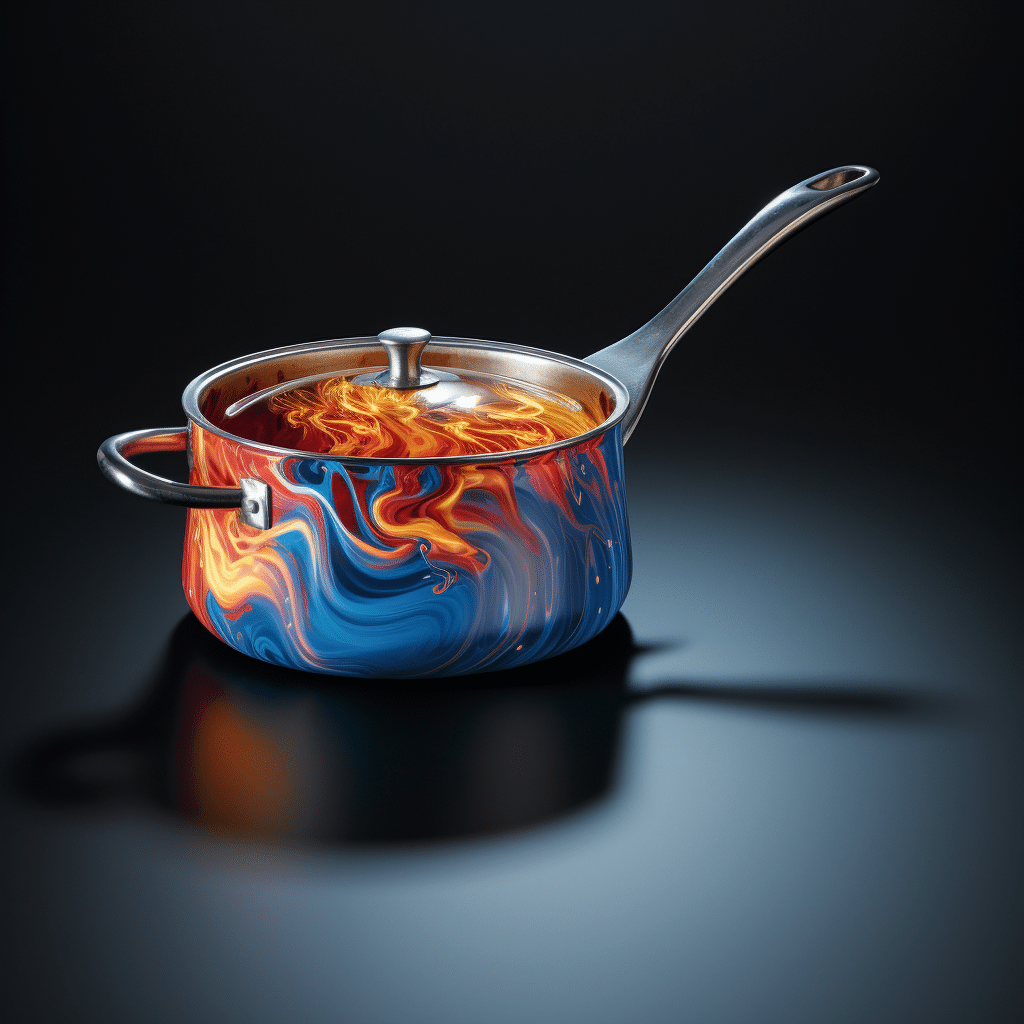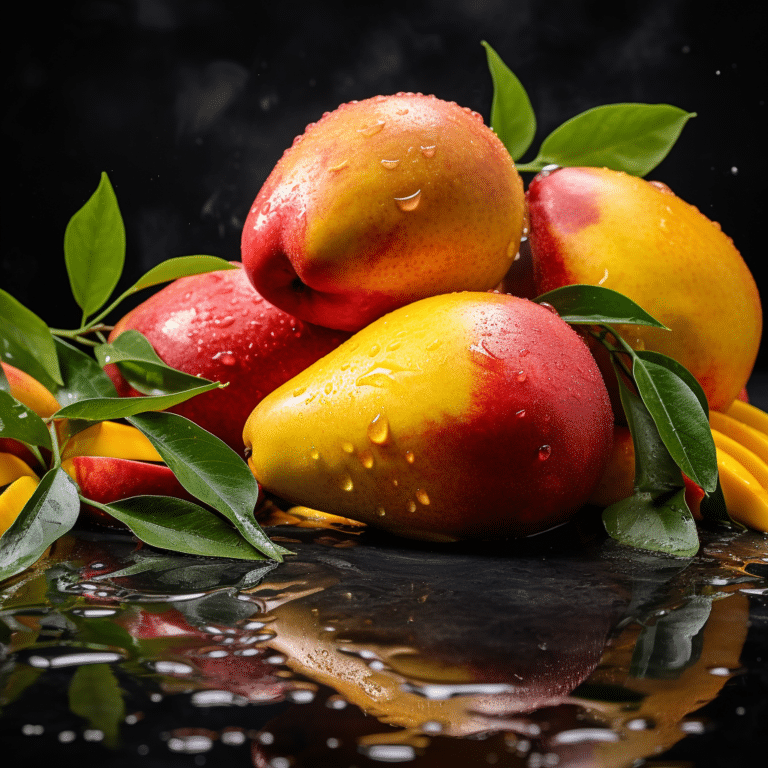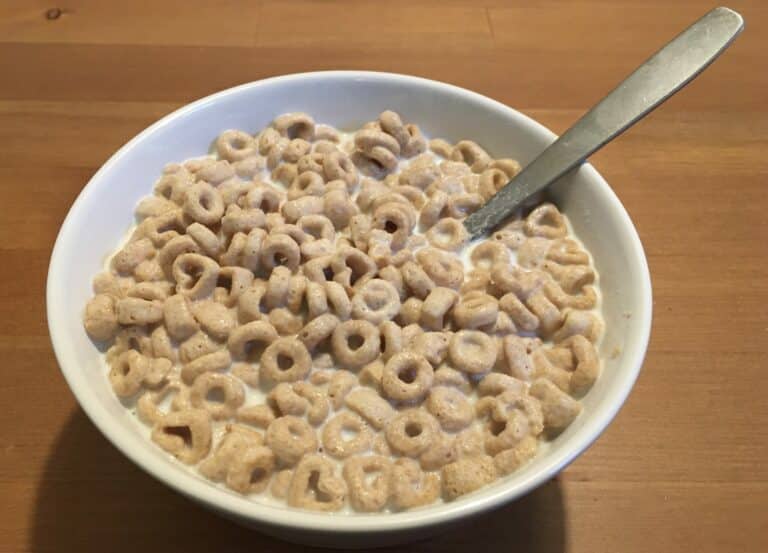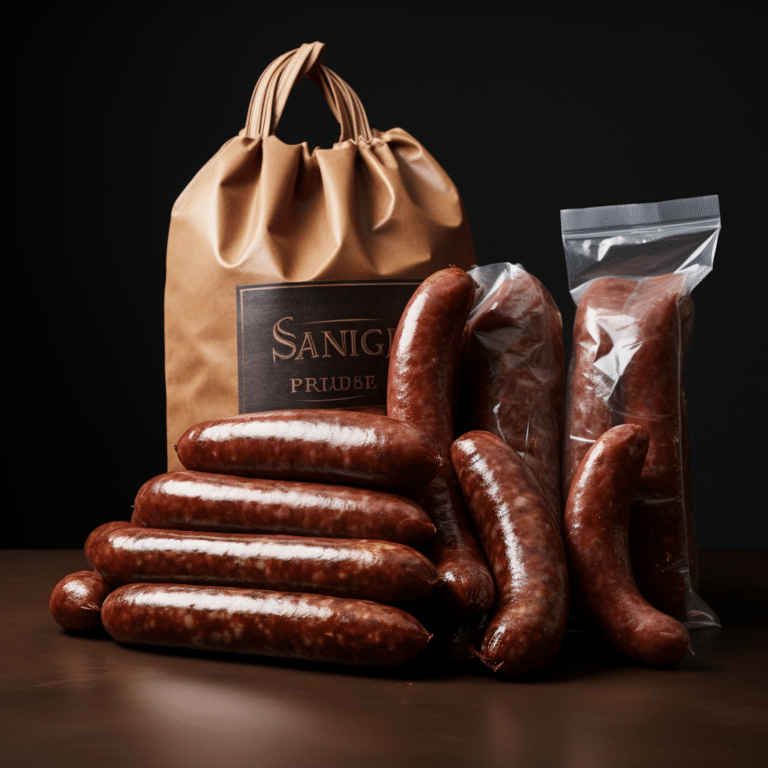Why Saucepan Handles Get Hot: Understanding Heat Transfer
Saucepan Handle Heat Transfer and Materials Conduction is when heat spreads from the hot end to the cold end through and within a solid body. When molecules or atoms collide as they travel back and forth at different speeds, the slow ones increase their kinetic energy. For conduction to occur, the bodies must be in physical contact. In our case, the heat moves from the burner through the saucepan’s bottom and spreads to the handle.
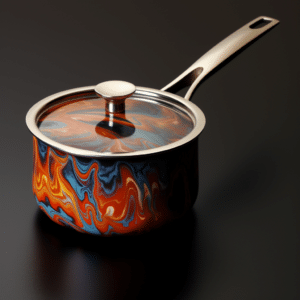
Why Does The Handle Of A Saucepan Get Hot When It Is On The Stove?
There’s only one reason why the handle of a saucepan gets hot when on the stove, heat transfer. Heat transfer is the heat spreading from the hot end to the cold end due to the differences in temperatures to obtain equilibrium. When a saucepan is placed on a stove, the heat spreads and reaches the handle through conduction.
There are various ways through which heat is transferred, namely;
- Conduction
- Convention
- Radiation
Convention
It’s a process where thermal energy is transferred through the physical movement of liquids or gasses. As the liquid at the bottom gets hotter, it becomes denser and rises to the top to pave the way for the cold fluid. A circular motion is created when this happens until the liquid reaches a boiling point.
Radiation
Radiation spreads energy from the source through electromagnetic waves in space at the speed of light, penetrating various materials.
Types Of Panhandles
The material used to make a handle affects whether it will get hot during use or not. Pan handles are generally made from three materials these are;
- Metal. These handles are ideal as they provide better heat retention and can handle high temperatures. They are not prone to burning or breakages, making them the best option when it comes to maintenance. You can use metal handles in ovens as they cannot burn. However, use them with care as they can get hot and cause burns.
- Wood. Due to its inability to conduct heat, it does not get hot while on the stove, preventing burns. They are prone to damage through breakages and burning, especially in high temperatures such as ovens. They should be well drained after cleaning to avoid damage by rotting.
- Plastics. These handles are easy to clean and maintain. However, they are prone to burning and breakages, making them impossible to use in ovens or dishwashers. Their lightweight and smoothness offer better comfort.
Saucepan Materials
In addition to the handle material, the saucepan affects how hot the handle can get. Some of the materials used include;
Aluminum
Aluminum saucepans are coated with enamel and nonstick on the inside. These pans are tough, easy to clean, and resistant to stains.
Cast Iron
Cast iron saucepan has high heat retention but is very slow. It’s most suitable for cooking slow meals at low heat.
Copper
The pans are perfect when it comes to heat conduction. Due to their reaction with acidic foods, they are usually lined with stainless steel or tin as barriers. Clean with a dedicated copper polish for best results. Avoid putting them in the dishwasher.
Hard-Anodized Aluminum
They are characterized by a hard finish resistant to cracks, chips, or peels. They are not affected by acidic foods and are deep gray or black.
Stainless Steel
Stainless steel pans don’t react to any food type and are long-lasting. They
Saucepan Handle Heat Transfer and Materials are liable to hotspots, so their base is incorporated with copper or aluminum.
Types Of Saucepans
- Brazier. It’s short, wide, and made from stainless steel. It is suitable for making bruised dishes.
- Casserole pan. Made from cast iron and a lid to steadily maintain heat, it is ideal for slow cooking.
- Crepe pan. It is similar to egg pans but with flat edges instead of fluted sides. They can have a nonstick coat or lack it.
- Dutch oven. Slow to heat up but have good heat retention. Dutch ovens are tall-sided and mainly used for deep frying or making soups.
- Egg pan. A small frying pan with a nonstick coating.
- Frying pan. It has wide, sloped edges with a long handle. They are used for sauteing, building pasta sauces, and pan frying.
- Griddle. Made of a flat, large cooktop that doesn’t have sides, ideal for making eggs and pancakes and suitable for use at high temperatures like ovens.
- Paella pan. It is specifically designed to prepare paella. It’s shallow, wide, and round. Its made from carbon steel or cast iron.
- Pressure cooker. These are designed with a sealing lid that traps liquids and steam inside the pot. It pressurizes as the contents begin to boil, cooking the meal at 70% faster than other pans.
- Roasting pan. It’s a rectangular-shaped pan, suitable for large quantities of vegetables and cooking turkey. You can safely use it in an oven.
- Saucepan. It is a small pan with long handles and comes in various materials such as iron and aluminum.
- Sauté. It is similar to a saucepan but taller with straight sides and a lid. The tall side is for preventing splutter and slowing down evaporation.
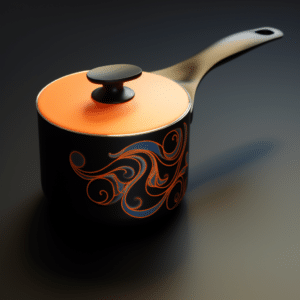
Tips For Choosing The Right Pan
- The lids must be sturdy and fitting. The handles must fit the cooking environment to avoid damage.
- Get a saucepan you are comfortable cooking with.
- Price. The pans should be of good quality and cost-effective.
- Safety. Can the materials be used safely? Do they need any extra care?
- Where possible, get a multipurpose pan.
Saucepan Handle Heat Transfer and Materials handles get hot due to heat transfer from the stove to the handle. Different handle materials transfer heat in varying ways and thus affect the degree to which they heat up. It is good to pantomime a way to use it before you purchase to avoid losses through damage, ensure your safety and comfort, and make sure they fit their purpose.
